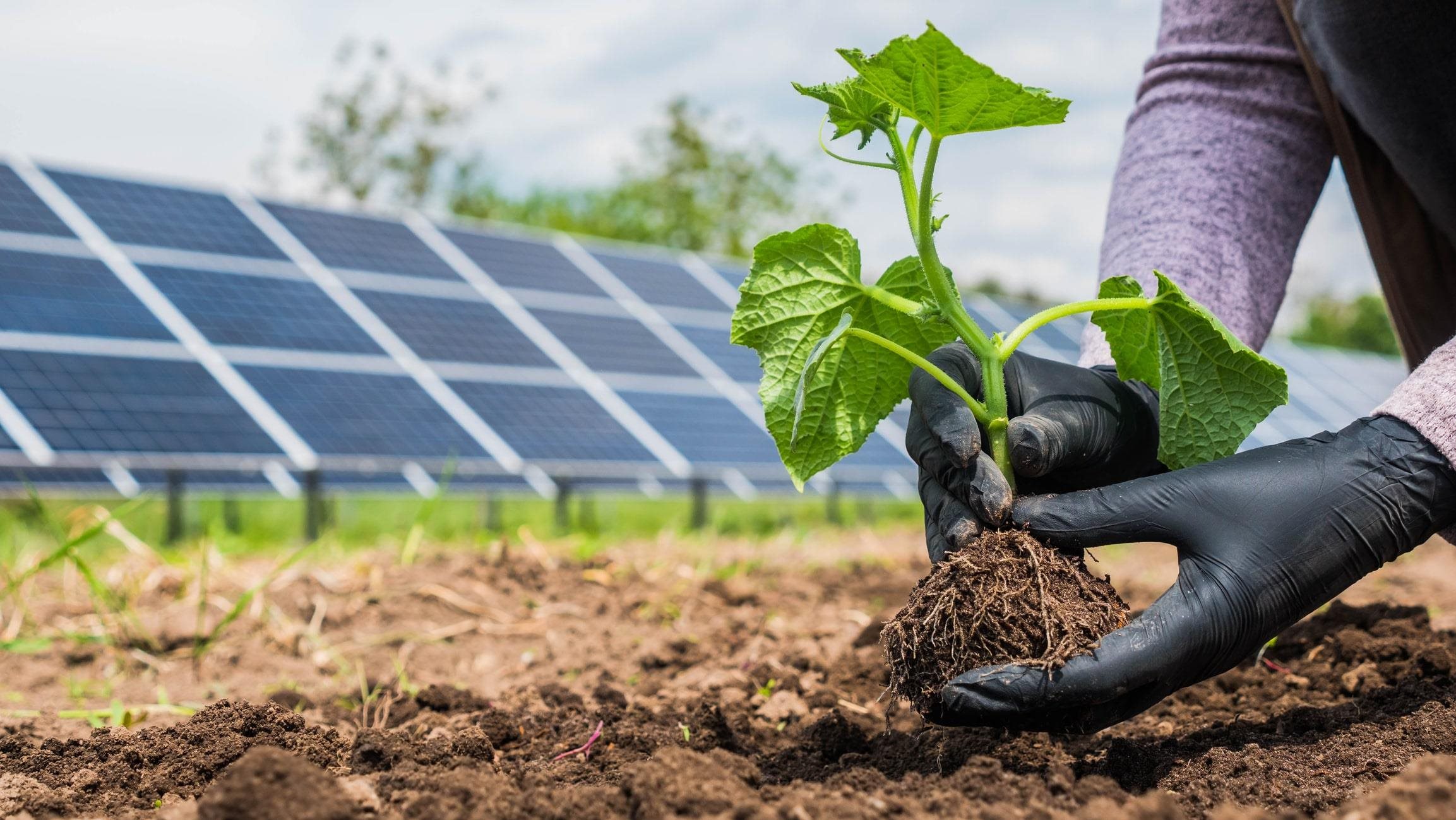Solar Energy

| Solar energy can be best defined as the use of solar energy or radiation received by the earth from the sun. The solar radiation is what makes solar electricity possible. Not only can solar energy be harnessed to generate electricity, but it’s also an essential component to supporting life on planet Earth, a source of natural light and an influence on weather patterns. In order to utilize solar energy for electrical use the process relies on man-made technologies such as solar panels. Solar Power EnergySolar power is the process of converting sunlight into electricity. There are two different ways that this conversion can take place. |
It can either occur through photovoltaics which is power generation that utilizes solar panels that are made up of solar cells that contain photovoltaic cells. The photovoltaic method is the usage of solar cells that convert energy from the sun into electrons. This process allows photons of light to charge electrons, which allow them to carry electric currents. The second conversion is through concentrated solar power, which uses a combination of mirrors and tracking systems to focus a targeted area of sunlight into a beam. This process creates electrical power and drives a steam turbine which is connected to an electrical power generator.
Solar Energy History
Solar energy has gone through a long history of developments. In fact, it can be traced back all the way to 400 B.C when the Greeks situated their houses to the sun so that they could trap solar rays during the winter months.
The following is a solar energy timeline:
1767 – Swiss scientist invents the first solar collector.
1860s – French mathematician builds the first solar power engine.
1890 – French scientist discovers the photovoltaic effect while experimenting with an electrolytic cell that was comprised of two metal electrodes that were put into a conducting solution.
1891 – The first solar water heater was patented by an American inventor.
1950s – The first commercial office building using solar water heating systems was created in New Mexico by a U.S. architect.
1954 – The first photovoltaic cell was invented in the U.S.
1958 – Solar photovoltaic cells (PV) were being used in small-scale scientific applications.
1960s – Solar PV cells are used to power orbiting satellites in the U.S. space program.
1970s – Research to make solar power from PV cells more feasible begins.
1980s – The first large scale power plant was built in the Mojave Desert in California producing 354 megawatts of solar generated power.
1990s – Japan creates a government program to stabilize the cost of PV systems for homes through a government subsidy.
2004 – Global production of solar PV cells reaches 1,256 megawatts and still continues to grow today.
Facts About Solar Energy:
• Solar energy has many different uses such as producing electricity, heating water, heating pools, fans and other small appliances are just a few examples.
• Solar energy is measured by kilowatt i.e. 1 kilowatt = 1000 watts
• California is home to the largest solar plant in the world which spans over 1000 acres.
• Da Vinci predicted a “solar industrialization” as far in 1447.
Solar Energy and Farms
Harnessing solar energy can be beneficial for farmers in several ways. Having a solar energy system on a farm can lower the cost of the farm’s electricity, power irrigation systems, and other high costs associated with running electrical equipment. Many farmers have already set up and utilize solar PV systems on their land. Installation of solar energy devices on a farm can be somewhat costly though many believe its long-term benefits offset the initial cost.